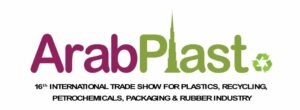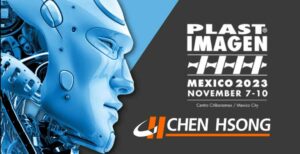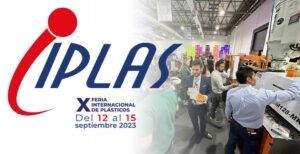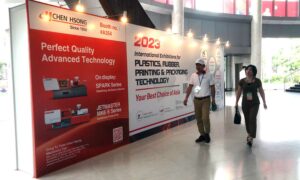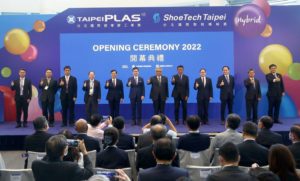Acrylic (PMMA) also known as the trade name “Plexiglass” is a transparent thermoplastic often used in sheet form as a lightweight or shatter-resistant alternative to glass. It was first produced in 1928 and was brought to market five years later by Rohm and Haas Company. It is generally considered one of the clearest plastics on the market.

Injection Molding Process:
Material Preparation:
Usually acrylic (PMMA)’s water absorption rate is between 0.3-0.4% but for injection molding it must be at a humidity below 0.1%, usually 0.04%. The presence of water makes the melt prone to defects such as bubbles, gas streaks, and reduced transparency, so drying treatment is required. The drying temperature is generally around 80-90 °C, and the drying time is recommended to be more than 3 hours.
Mold & Gate Design
The mold temperature can be around 60°C-80°C.
Sprue diameter should match with the inner taper, the best angle is 5° to 7°.
For a wall thickness of 4mm or more, the angle should be 7°, and the diameter of the sprue should be 8 to 10mm.
Overall length of the gate should not exceed 50mm.Diameter of the runner should be 6-8mm for products with wall thickness less than 4mm.
Depth of the diagonal, fan-shaped and tab-shaped gates should be 0.7 to 0.9t (t= wall thickness), and the diameter of the pin gate should be 0.8 to 2mm, choose the smaller diameters for lower viscosity.
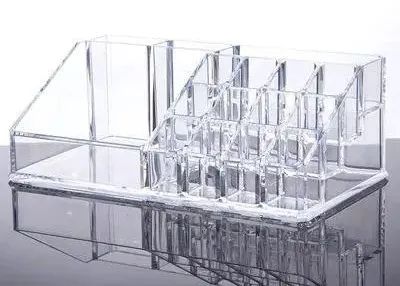
Melt Temperature
The temperature should vary between 210°C and 270°C, depending on the actual situation. First, withdraw the back seat of the injection molding machine so that the nozzle leaves the sprue bushing, and then manually plasticize and inject. (air injection).

Injection Speed
Rapid injection can be used, but to avoid high internal stress, it is recommended to use multi-stage injection, such as slow-fast-slow, etc. When injecting thick acrylic products, it is recommended to use slow speed to ensure product stability.
Acrylic – The “Plastic Queen” in the Cosmetic Packaging World
In recent years, the e-commerce industry has developed rapidly and consumer demand for women cosmetics from celebrity brands have tripled. In the packaging industry, cosmetic packaging has become one of the hottest packaging categories. Consumers at home and abroad are paying more and more attention to the quality and texture of not only the product but also its packaging. Packaging manufacturers now play an important role as more attention is brought to the visual impact that appearance brings to end customers.
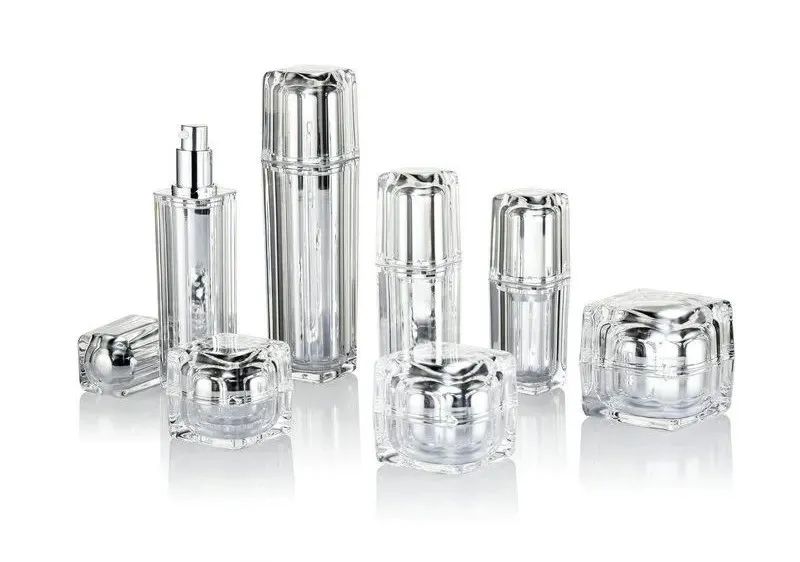
Acrylic cosmetic packaging has good optical performance and soft light transmission. Even after dyeing, it can maintain good light transmission and good color rendering effect; it has high surface gloss and surface hardness. The chemical properties of acrylic allow it to be completely transparent while remaining hard and highly resistant to scratches and impact.
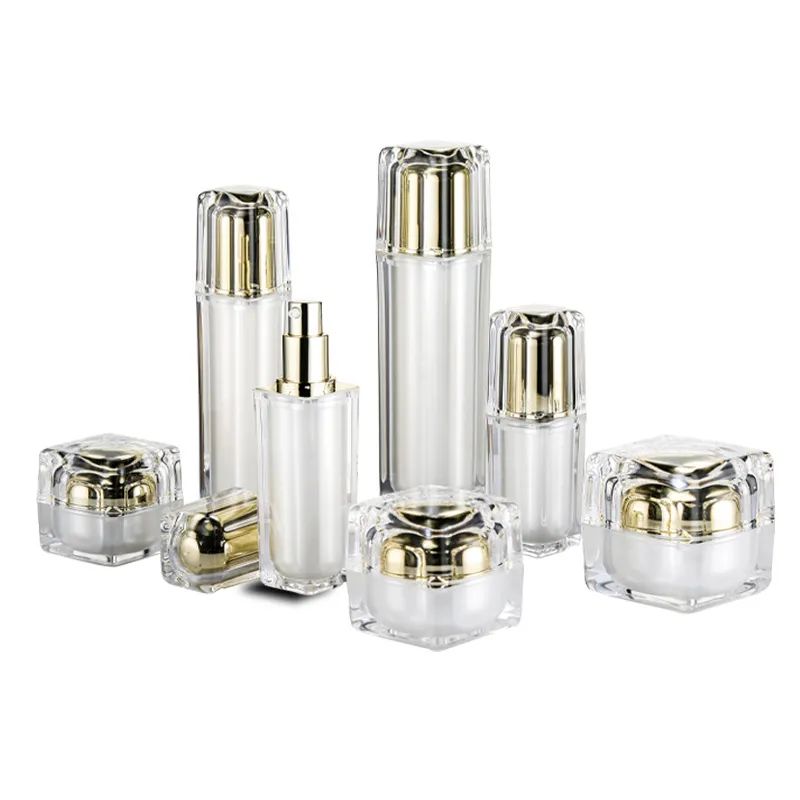
Recommended Injection Molding series:
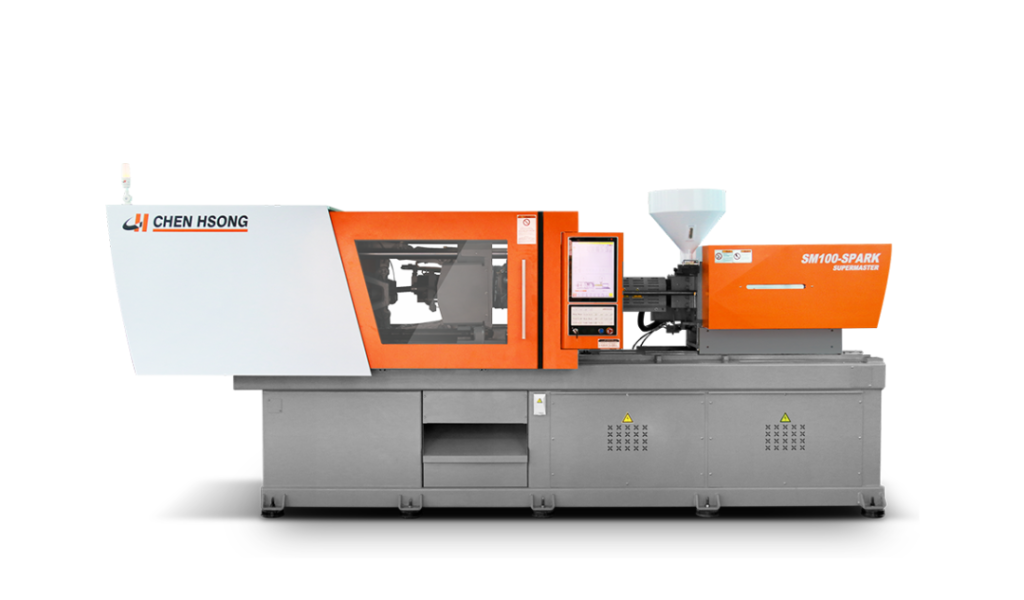
Spark Series ( All Electric)
Chen Hsong’s SPARK series of all electric injection molding machines takes into account the high speed and high response needed for ultra-thin products as well a low-speed stability and long-term high-pressure control of ultra-thick products.
The performance limitations and technical barriers of traditional machines are no match compared to ChenHsong’s high-end, Japanese designed, all-electric SPARK series.
When it comes to acrylic materials, whether it is thin-walled or thick-walled products, SPARK series have proven to be the best machines for the job.
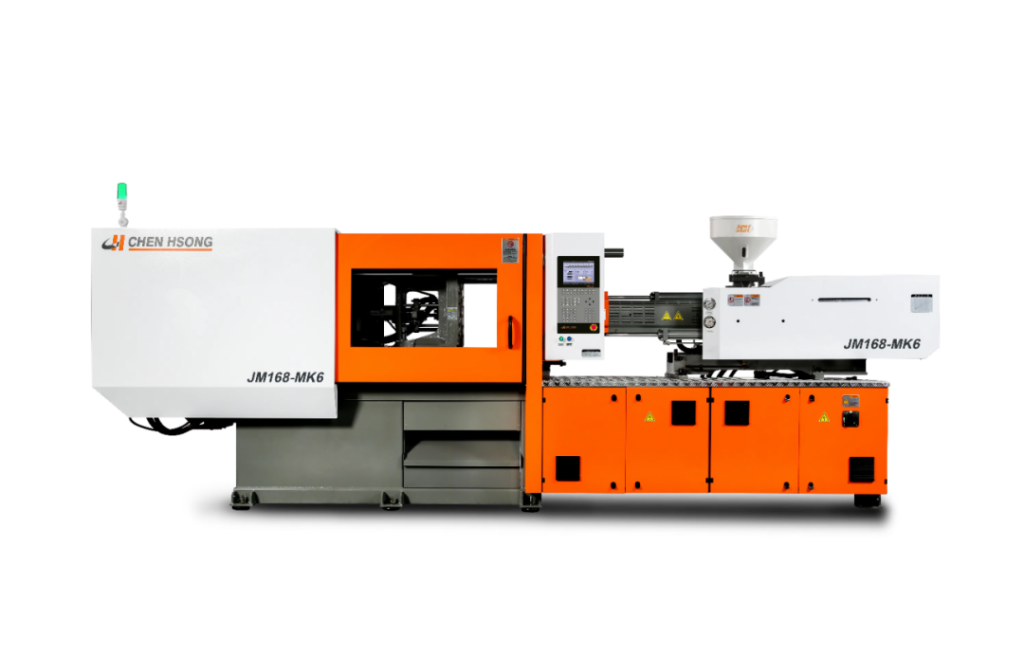
MK6 Series (Toggle Type)
The MK6 series toggle type injection molding machines are a joint cooperation with Japanese top technical teams, featuring rapid mold opening and closing, faster injection and ejector speeds, and stronger and more reliable feed motors with higher injection pressure.
Especially highlighted is the advanced hydraulic oil circuit, equipped with the latest and most advanced hydraulic fluid mechanics simulation software. Chenhsong has optimized the entire oil circuit to a near-perfect state, making the hydraulic control stable, reliable and fast, delivering fast and stable operation of the machine, improving the production efficiency of thin-walled and thick-walled products.

